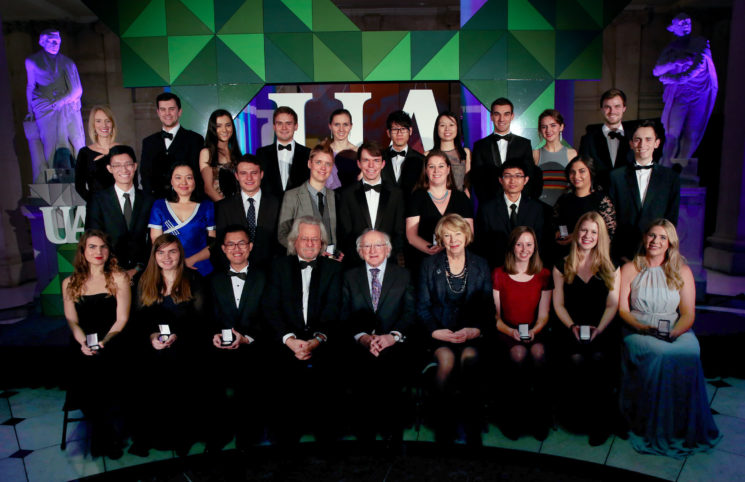2016 Undergraduate Awards
Document Type
Article
Publication Date
2016
Abstract
Hepatitis C virus (HCV) infection is one of the leading causes of chronic liver diseases. Despite advancements in the development of antivirals and efforts to combat HCV infections, there is currently no vaccine for HCV. Adopting traditional approaches to HCV vaccine development has been impractical due to the lack of reproducible cell culture systems that can support HCV replication. In this study, the New Jersey serotype of recombinant vesicular stomatitis virus (rVSVNJ) was used as the vector to express non-structural proteins NS3/4A of genotype 1a HCV for potential vaccine purposes. The rVSVNJ-GMM vector was genetically modified by changing glycine to glutamic acid at position 22 and methionine to arginine at positions 48 and 51 of the matrix protein to reduce inhibition of host gene expression and cytopathic effects. This study examined replication efficiency, attenuation, and capacity of rVSVNJ-GMM vector to express high protein levels. It was hypothesized that the genetically modified rVSVNJ-GMM vector with the HCV NS3/4A insert would demonstrate reduced cytopathogenesis without compromising viral replication and efficiently express functional NS3/4A proteins. The rVSVNJ-GMM-NS3/4A was recovered by reverse genetics and amplified to construct viral growth kinetics that generated a high viral titre. The degree of cytopathogenesis of rVSVNJ-GMM without insert and rVSVNJ-GMM-NS3/4A was compared and results showed that rVSVNJ-GMM-NS3/4A achieved fewer structural changes in the infected cells compared to rVSVNJ-GMM without insert. In addition, the proper expression and processing of HCV NS3/4A proteins were confirmed, and the function of NS3/4A protein complex as a serine protease was confirmed by its ability to cleave at the NS5A/NS5B polyprotein junction. Electron microscopic visualization showed normal morphology of rhabdovirus particles and clear projection of glycoproteins. The replication efficiency, safety, and capacity to achieve high expression level of functional NS3/4A proteins indicate that the rVSVNJ-GMM vector can be used for recombinant HCV vaccine development.





Notes
Image: "HCV" by BruceBlaus. Licensed under CC BY-SA 4.0.